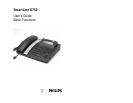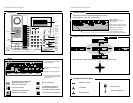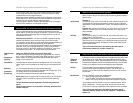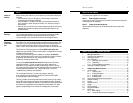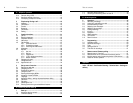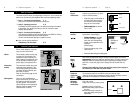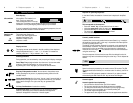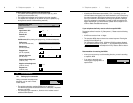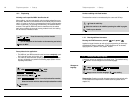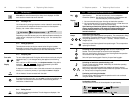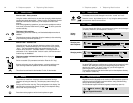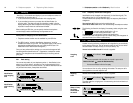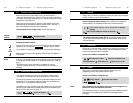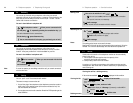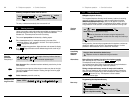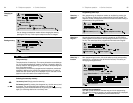
9A – Telephone operation: 1 Start up
8
A – Telephone operation: 1 Start up
Ringing tone
Dialling tone
Engaged tone
Positive acknowledge tone
Negative acknowledge tone
(421 Hz, repeated)
(1333 Hz, once)
(1333 Hz, einmal)
0.5 0.5
Camp-on busy tone
(421 Hz, once)
each 0.1
Audible tones (When phoning and programming, in handset/loudspeaker)
(421 Hz, continuous tone)
(421 Hz, repeated)
0.6
Tone
Depiction of the tones
Pause
(Values in seconds)
Request tone
(1333 Hz, once)
0.3 0.3 0.3
0.2 0.6
1 4
30.2 0.2 0.6 0.2
External call:
Appointment calls:
All tones
3.5
0.5 0.50.5
each 0.1
(repeated)
(800 Hz, once
Continuous tone
Acoustic signals during operation and programming:
•
The positive acknowledge tone confirms correct input (e. g. after
dictating an announcement text).
•
The negative acknowledge tone indicates an incorrect operation.
•
The request tone requests you to perform an input or operation (e. g.
during remote control of the answering machine).
1.3 Initial installation
1.3.1 Setting up the connection
Having connected the telephone as
described, you can use it without
further actions.
• The multiple subscriber numbers (MSN’s) are not specified.
The ISDN-switch sends the default MSN to the called party. The phone
answers to all MSN.
• The connection type is pre-set to „Comfort“which includes a set of
additional ISDN features.
• All additional ISDN-features are enabled („ON“). Accordingly, you can
utilize all features that actually have been released for your connection by
the network operator. ISDN-functions that have not yet been implemen-
ted in your network or are disabled, will simply be ignored on causing a
short error message in some cases. (In cases, where the problems are
bigger depending on your ISDN network, please refer to chapter 5.12 in
order to disable the additional features)
If your telephone shall only react to calls for a specific MSN:
Proceed as outlined in section 5 („Setup menu“). Please note the following
changes:
•
A MSN can consist of max. 10 digits.
•
The complete MSN does not have to be entered anymore. Entering the
last digit of the MSN will do.
For instance: the MSN’s: 87431, 87469 and 87432 have been allocated
to your ISDN-connection. If you enter „1“ by programming the function
„
“, the telephone will only react to calls for subscri-
ber number 87431.
Recomendation for entering the MSNs
• when you want to set up a call forwarding function, you set it according
to a specific MSN
• if you want to associate your
incoming and outgoing calls to a
specific MSN



